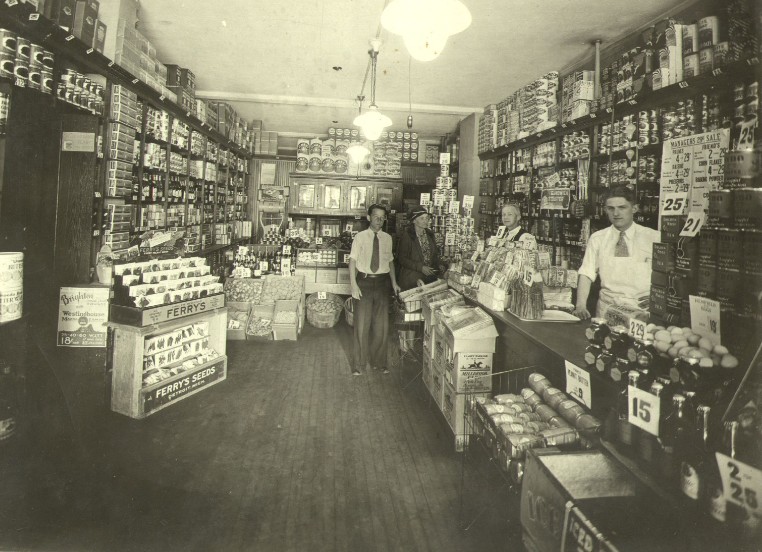The opening of “The American Cloud,” Venkatesh Rao’s broad yet provocative Aeon essay which traces what he feels is the artifice of modern U.S. life–with costs cleverly hidden–not only to A&P founder George Gilman but all the way back to Alexander Hamilton:
“Every time you set foot in a Whole Foods store, you are stepping into one of the most carefully designed consumer experiences on the planet. Produce is stacked into black bins in order to accentuate its colour and freshness. Sale items peek out from custom-made crates, distressed to look as though they’ve just fallen off a farmer’s truck. Every detail in the store, from the font on a sign to a countertop’s wood finish, is designed to make you feel like you’re in a country market. Most of us take these faux-bucolic flourishes for granted, but shopping wasn’t always this way.
George Gilman’s early A&P stores are the spiritual ancestors of the Whole Foods experience. If you were a native of small-town America in the 1860s, walking into one of Gilman’s A&P stores was a serious culture shock. You would have stared agog at gaslit signage, advertising, tea in branded packages, and a cashier’s station shaped like a Chinese pagoda. You would have been forced to wrap your head around the idea of mail-order purchases.
Before Gilman, pre-industrial consumption was largely the unscripted consequence of localised, small-scale patterns of production. With the advent of A&P stores, consumerism began its 150-year journey from real farmers’ markets in small towns to fake farmers’ markets inside metropolitan grocery stores. Through the course of that journey, retailing would discover its natural psychological purpose: transforming the output of industrial-scale production into the human-scale experience we call shopping.
Gilman anticipated, by some 30 years, the fundamental contours of industrial-age selling. Both the high-end faux-naturalism of Whole Foods and the budget industrial starkness of Costco have their origins in the original A&P retail experience. The modern system of retail pioneered by Gilman — distant large-scale production facilities coupled with local human-scale consumption environments — was the first piece of what I’ve come to think of as the ‘American cloud’: the vast industrial back end of our lives that we access via a theatre of manufactured experiences. If distant tea and coffee plantations were the first modern clouds, A&P stores and mail-order catalogues were the first browsers and apps.”

